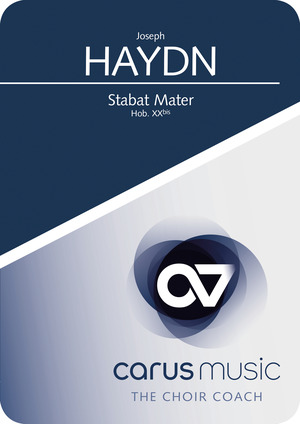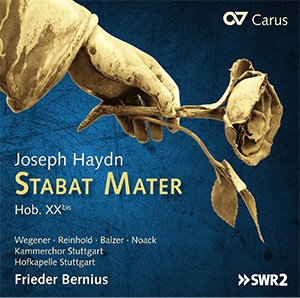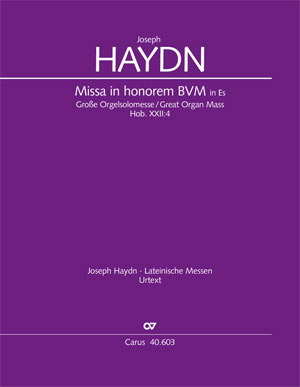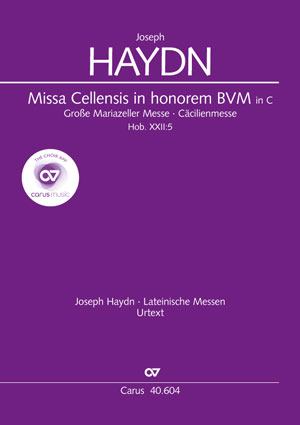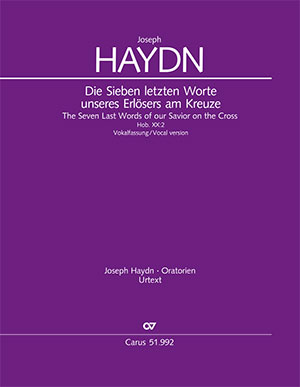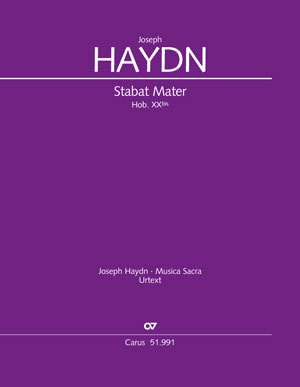
Joseph Haydn’s Stabat Mater, written in 1767, was the first church work the composer wrote after entering the service of Prince Esterházy in Eisenstadt. Unlike almost all his other sacred works, it soon circulated in numerous copies and established Haydn’s reputation as the leading vocal composer of his day. This edition is based on three original copies of parts, which are regarded as being particularly close to the (missing) autograph manuscript because of the date they were made and the reliable transmission of the music text. As so, this great, moving setting of the Stabat Mater is now newly available in a modern, scholarly edition. The complete performance material is available on sale.
Purchase
Additional product information
Contents
-
Composer
Joseph Haydn
| 1732-1809As Kapellmeister to Prince Esterházy, Haydn composed numerous instrumental works and various operas, as well as making important contributions to the genre of church music, including fourteen Latin masses, of which only twelve are authentic or complete; these are complemented by motets and offertories, two important Te Deum settings, two Salve Reginas, a Stabat Mater, and the different versions of the Sieben Worte des Erlösers am Kreuze. The masses were composed continually between 1749 and 1802, except for the years 1783–1795, and therefore constitute the genre with which Haydn was occupied over the longest period of time. The six (authentic or complete) masses composed before 1782 are stylistically very different, and as well as short Missae breves there are more extended masses with rich orchestral scoring; by contrast the six so-called late masses, written from 1796 onwards, form a comparatively homogeneous group of more extensive works scored for large forces. With his two great oratorios Die Schöpfung (The Creation) (1798) and Die Jahreszeiten (The Seasons) (1801) Haydn established the tradition of the German oratorio for middle-class music making. Personal details
-
Editor
Clemens Harasim
| 1974
Reviews
... Damit wird diese große, berührende Stabat-Mater-Vertonung in einer modernen Wissenschaftlichen Ausgabe neu erschlossen.
Kirchenmusikalische Mitteilungen der Diözese Rottenburg-Stuttgart, April 2018
Frequent questions about this work
 There are no questions and answers available so far or you were unable to find an answer to your specific question about this work? Then click here and send your specific questions to our Customer Services!
There are no questions and answers available so far or you were unable to find an answer to your specific question about this work? Then click here and send your specific questions to our Customer Services!


